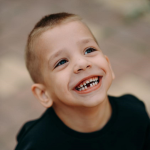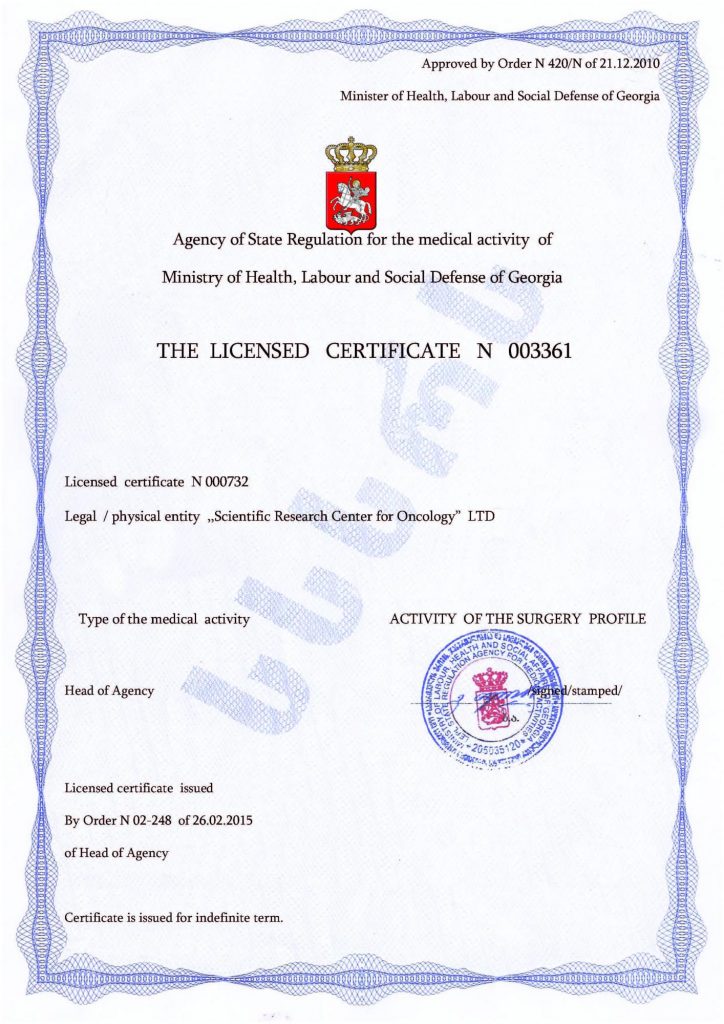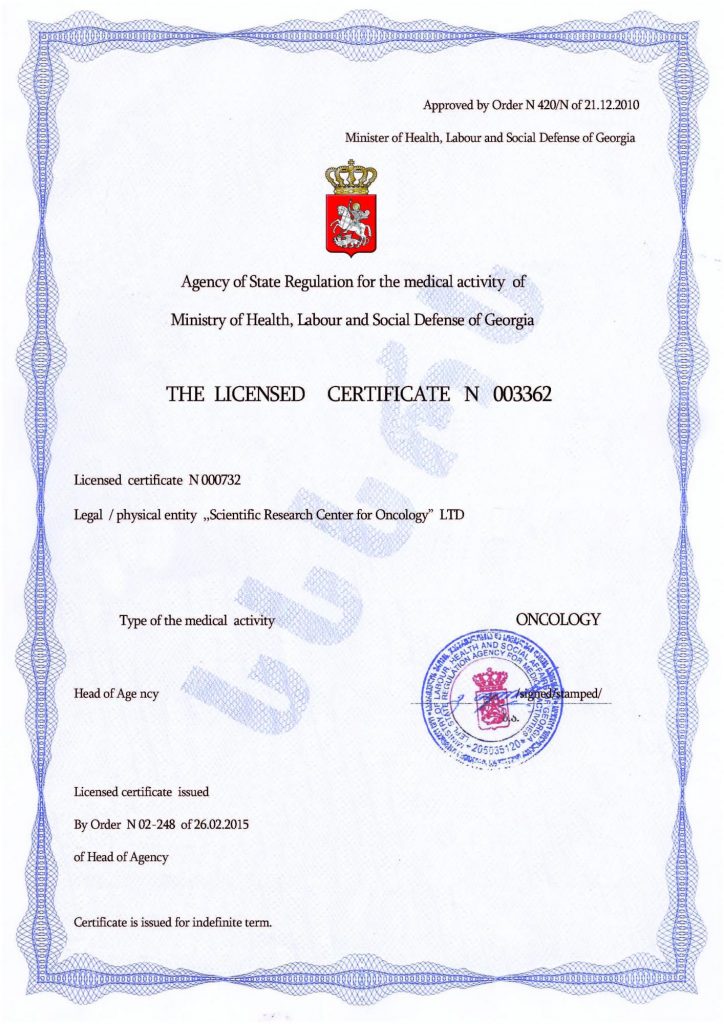The practice of interaction with autistic children in space
Correct ideas of the connection between objects in space and the position of one’s own body in it are natural for a normally developing child. But it is absolutely incomprehensible for a patient with autism spectrum disorder.
The practice of working with children with ASD in space
Correct spatial orientation guarantees that a child will actively explore outward things. Absence of this skill aggravates the pathogenesis of the disease, further “immersing” an autistic person in their own inner world, suppressing intellectual abilities, and slowing down overall development. Correct perception of one’s own body also contributes to correct learning of non-objective phenomena, creative and spatial thinking, sense of time, etc.
Why is such a practice of working with children with ASD so desperately needed?
Autistic people cannot independently perform simple spatial calculations. For example, count the number of steps needed to get to the door. It may be difficult for them to assemble a simple pyramid, lay out pictures in a certain order, arrange toys according to a given characteristic, etc. Autists have poor coordination of movements because they do not perceive their body correctly. They can look at arms or legs for a long time, without conscious understanding, and make movements that are unusual for others.
Complex work with autists in space is an innovative approach to treatment protocols.
During the treatment process, doctors did not always pay enough attention to the development of spatial orientation skills. Modern psychologists, educators, physiotherapists, and other specialists working with special children emphasise the primary development of these skills. Comprehensive programmes, including the organisation of testing a child with ASD with the subsequent development of a personal treatment programme, are used in specialised centres. The programme may include physical training, exercises on special simulators, performing tasks on computerised equipment, etc.
Spatial correction is aimed at achieving four main goals:
- Perception of separate parts and the body as a whole
- Understanding the correspondence in the location of various objects in relation to each other
- Understanding the location of objects in relation to one’s own body
- Perception of the lapse of time and events associated with it
Stages of the development of a sense of space in children with ASD
Initially, autists are taught to distinguish between the positions of objects with the prepositions “on” and “under.” A seemingly easy task can turn out to be quite difficult for a patient with ASD. Only after this initial stage is it possible to move on to the next one.
At the second stage, learning concerns the differences in the positions of objects relative to each other. Such provisions are clarified with the prepositions “near,” “next to,” and “about.”
At the final, third stage, a patient is acquainted with the more complex positions of objects with such prepositions as “behind or in front,” “left or right,” “on the side or between,” etc.
The method of spatial orientation for autists can be significantly improved by innovative correction of childhood autism with stem cells.
This method is popular and in demand all over the world. Such treatment of childhood autism makes it possible to achieve previously unprecedented success in eliminating not only the symptoms but also the cause of ASD. In terms of this effect, it has no analogues among other methods of treating childhood autism spectrum disorder.
Contact the Mardaleishvili Medical Centre; restoring a child’s brain will help them feel connected to their own body and overcome other dysfunctions of ASD.
Autism Treatment Center Videos
Autism treatment with own stem cells
Cord blood association congress
International Quality Crown
Autism Treatment Reviews
Autism treatment with own stem cells
The story of Alessandro (6 years old)
Autism Patient Testimonial - Stem Cell Treatment
Clients Testimonials
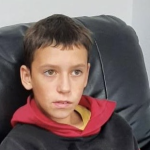
Feedback from Igor, David’s father (12 years old) Read More
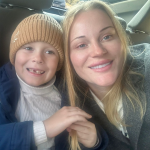
Feedback from Olga, Fedya’s mother Read More
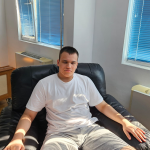
Feedback from Natalia, Radomir’s mother (15 years old) Read More
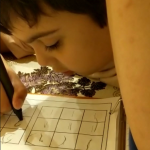
Feedback from Esther, Samuel’s mother (8 years old) Read More
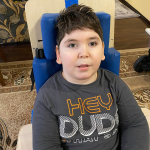
Feedback from Abibe, Selim’s mother (7 years old) Read More
